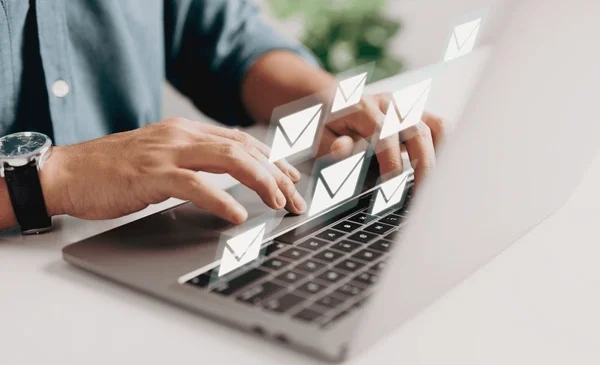
Mail and package receiving has undergone significant changes over time, shifting from simple delivery to complex, secure, and technology-driven systems. Traditional methods often meant waiting at home for a delivery or visiting a post office, which could be inconvenient and time-consuming.
Modern solutions now offer greater flexibility, security, and efficiency through innovations like smart lockers, real-time tracking, and automated notifications. These advancements have reshaped how people interact with their mail and parcels, meeting the demands of faster lifestyles and increasing online shopping.
By exploring this evolution, readers can understand how receiving mail and packages has adapted to technology and changing consumer needs, highlighting the benefits that current systems provide.
The Evolution of Mail and Package Receiving
Mail receiving began with simple hand-delivery methods in ancient societies. Couriers and messengers physically carried letters and parcels over long distances.
With the establishment of formal postal services, centralized systems emerged. Post offices acted as hubs, organizing mail collection, sorting, and delivery.
The 19th century introduced innovations like postage stamps and mailboxes, making sending and receiving more accessible. Parcel delivery expanded alongside growing commerce.
The 20th century saw the rise of tracking technology and standardized packaging. People gained the ability to monitor shipments in real-time, improving transparency and reliability.
In recent decades, digital tools and e-commerce reshaped parcel receiving. Automated lockers, smart mailboxes, and delivery apps offer convenience and security.
| Era | Key Features | Impact |
|---|---|---|
| Ancient Times | Couriers, hand delivery | Slow, direct transport |
| 19th Century | Postage stamps, mailboxes | Increased accessibility |
| 20th Century | Tracking, standardized packages | Enhanced reliability |
| 21st Century | Digital tools, smart solutions | Greater convenience, security |
The evolution reflects ongoing efforts to address growing volume, speed demands, and user convenience in mail and package handling.
Why Private Mailbox Services Like Beavership Are Essential in Modern Communication
Private mailbox services offer a secure and reliable way to receive mail and packages. They provide physical addresses that protect users’ privacy and reduce the risk of mail theft.
Beavership and similar services cater to individuals and businesses needing flexibility. They allow users to receive mail without a fixed home or office address. This is especially useful for remote workers and small businesses.
Key benefits include:
- Privacy: Avoid giving out a personal address.
- Security: Mail is held safely until collected.
- Convenience: Packages can be received even when users are away.
- Professionalism: Using a commercial address can enhance business image.
Many services notify users immediately when mail arrives. These real-time updates help users manage their correspondence efficiently. They also avoid delays and lost packages.
Beavership’s approach minimizes dependency on traditional postal schedules. Users can choose when to pick up their items, the service holds mail for extended periods and allows package forwarding if needed.
In a world where e-commerce and remote communication are growing, traditional mailbox systems are often insufficient. Private mailboxes combine physical and digital benefits, bridging the gap between conventional mail and modern communication needs.
